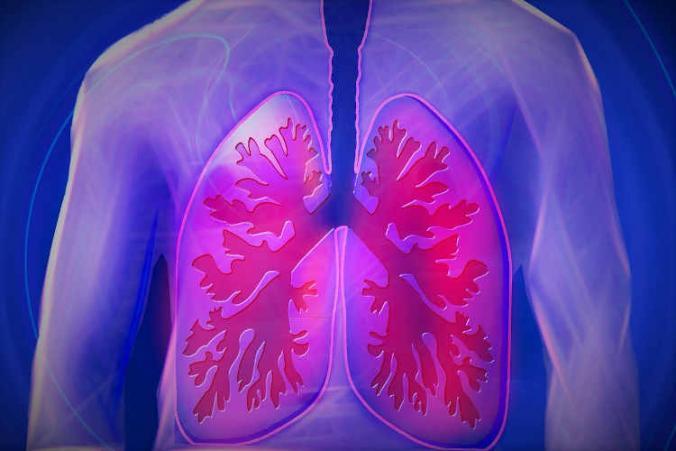The Department of Labor and Industries (L&I) recently announced that it will cover Diaphragmatic Phrenic Nerve Stimulation. It’ll help select injured workers who have partial or complete ventilatory failure or respiratory insufficiency. Sometimes, we see these conditions in an L&I claim for a neck injury or back conditions.
What is ventilatory failure and when does it happen?
This failure often occurs as a result of upper cervical spinal cord injury, to the neck for example. Now, L&I is going to allow a treatment that involves implanting an FDA-approved diaphragmatic/phrenic nerve stimulator. It is an alternative to mechanical ventilation. Moreover, it reduces and sometime even eliminates the need for ventilatory support.
What back injury is covered in the new treatment under my L&I claim?
Five conditions must be met for the treatment to be covered in an L&I claim. Those conditions are:
(1) The injured worker must have ventilatory failure due to upper cervical (neck) spinal cord injury;
(2) The work injury victim cannot breathe spontaneously for 4 continuous hours or more without use of a mechanical ventilator;
(3) The injured claimant’s diaphragm can be stimulated either directly or through the phrenic nerves to generate sufficient movement to accommodate independent breathing without the support of a ventilator for at least 4 continuous hours a day;
(4) The worker who suffered the workplace injury has normal chest wall anatomy and normal lung function; and
(5) The injured worker has normal cognitive function and the motivation to undertake the rehabilitation and training program associated with the use of the device.
What is the process to get the new upper back injury treatment?
As is typical for procedures of this nature, requests for Diaphragmatic Phrenic Nerve Stimulation require prior authorization. Also, it is important to document how the 5 conditions above are met. Proper tracking and documentation can help make the authorization process more efficient. Authorization for State Funded workers’ compensation claims must go through Comagine. Authorization for Self-Insured claims must go through the Self-Insured employer or their third-party administrator (TPA).

Leave a Reply